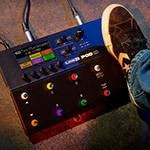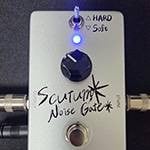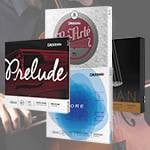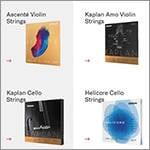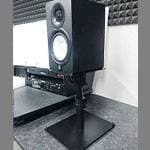Starting off with a picture of money.
Don’t worry—this isn’t some shady “get rich quick” scheme website.
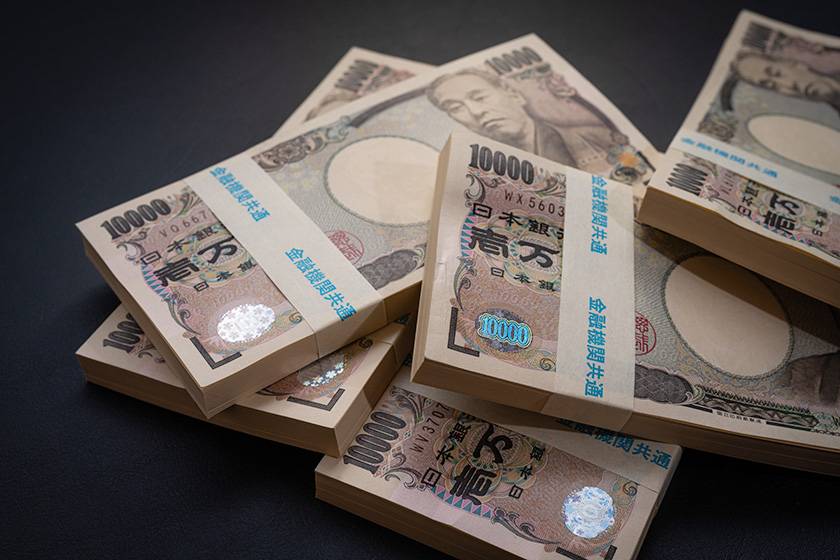
5 million yen
If someone offered it, most people would want it.
Of course, there may be a few who wouldn’t consider this a large sum,
but generally speaking, it’s considered to be a lot of money, right?
5 million yen
You can buy all kinds of things. If we’re talking about 200-yen taiyaki (fish-shaped pastries), that’s 25,000 of them.
Even if you ate one a day, that would last about 68 years.

But today, I’m not here to talk about taiyaki or money.
A 5-Million-Yen Violin Bow
You might be wondering, “Do such things really exist?” To be precise, 5 million yen is just an estimate. This was probably the most expensive bow I’ve ever held. It was an old fine French bow.
It belonged to a violin teacher I had previously done business with. They usually kept it in a bank safety deposit box and only brought it out when they wanted to use it for a performance. That’s the kind of item it was. I only got to hold it briefly, and of course, I couldn’t possibly bring myself to ask about the price directly.
In reality, bows around the 5-million-yen range likely aren’t all that rare. There are certainly many that cost even more.
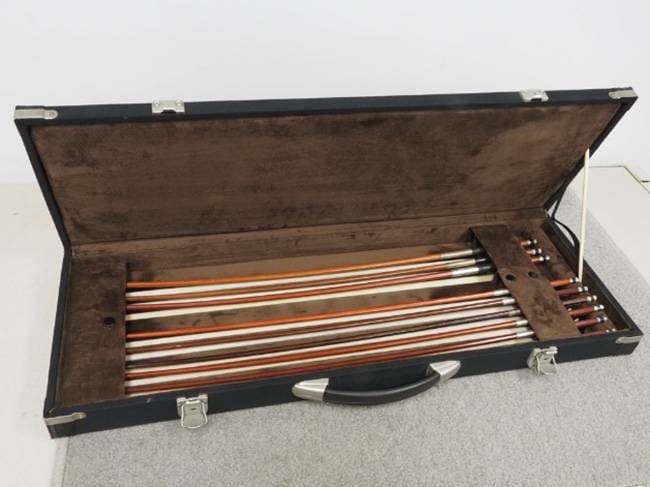
Here’s what’s in the bow case I personally own. Rest assured—there are no “fine bows” inside.
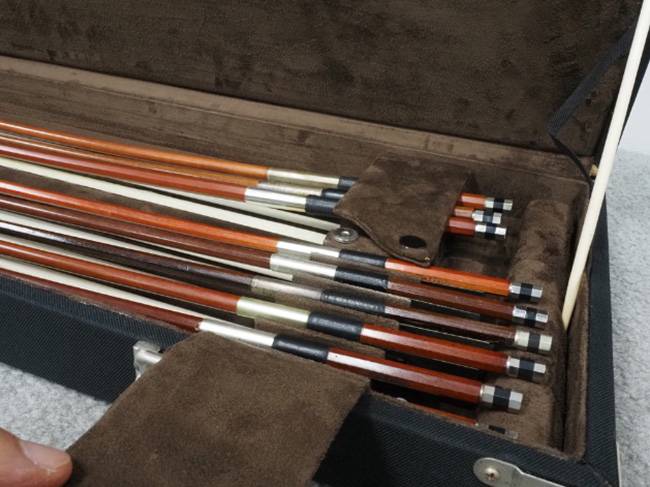
If I were to dress up nicely, pull out one of the old-looking bows in here, and say in a calm, composed voice, “This one costs 5 million yen,” and then try to recommend it to someone innocent, I’d be no better than a scammer.
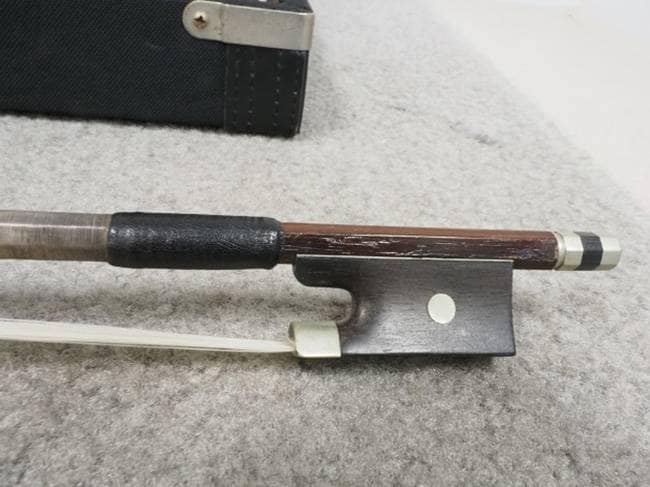
The bow in this photo is a mass-produced German model. It’s got no stamp, heavy, and performs below average.

What’s the actual price of this bow?
This is the question everyone wants to ask. Even if I suppose it’s priced at 50,000 yen, considering how I got it, that would actually be too expensive to say.
Why? Because this bow came with a used violin I purchased. In other words, its original value can be said to be virtually zero.
Then how about pricing this bow at 2,000 yen?
Most people would probably think, “That’s cheap—after all, it’s made in Germany, right?”
But for those who thought, “Wait, how can you tell if it’s made in Germany when there’s no stamp?”—good observation.
In fact, while it doesn’t have a brand name stamp, there is a small “Germany” stamp near the frog mounting surface of the stick, close to the screw.

Here’s the enlarged image:

These no-brand bows have been distributed around the world under various brand names and through various channels. They are most likely made in West Germany, though there is no definite proof.
Over the past 20 years, the market for recycle shops, online auctions, and flea market apps has matured, and information regarding the buying and selling of such used items has become common knowledge even at the individual level.
Technically, dealing with these kinds of used goods as a business activity requires a secondhand dealer's license, but in reality, online auctions and flea market apps have extremely loose restrictions.
In a world of secondhand goods where everything is hit-or-miss and no real rules exist, simply observing from the sidelines might be the safest approach.
The Combination of Instrument and Bow – What Is Compatibility?
Introducing the Bow and Violin Together, “Wait,Hmmm?” Kind of Bow
Now then, after my somewhat mundane talk about money, let’s shift into a bit of a dream-like moment.
Though I say “dream”, this is a true story—a story that felt like a dream simply because things worked out so well.
A bow for a string instrument cannot produce any sound on its own.
It’s only when paired with an instrument that its sound quality—whether it’s good or bad, or whether one likes it or not—is judged by the player or the player’s teacher.
About ten years ago, I had the opportunity to acquire an old instrument.
It was likely made in Eastern Europe, with a label bearing an Italian-style name, and it was probably sold by an American company around 100 years ago.
The instrument was in decent condition and had a good sound, and I decided to put together a full set for a student at a certain violin school.
When I searched my home hard drive, I found a photo of that instrument.
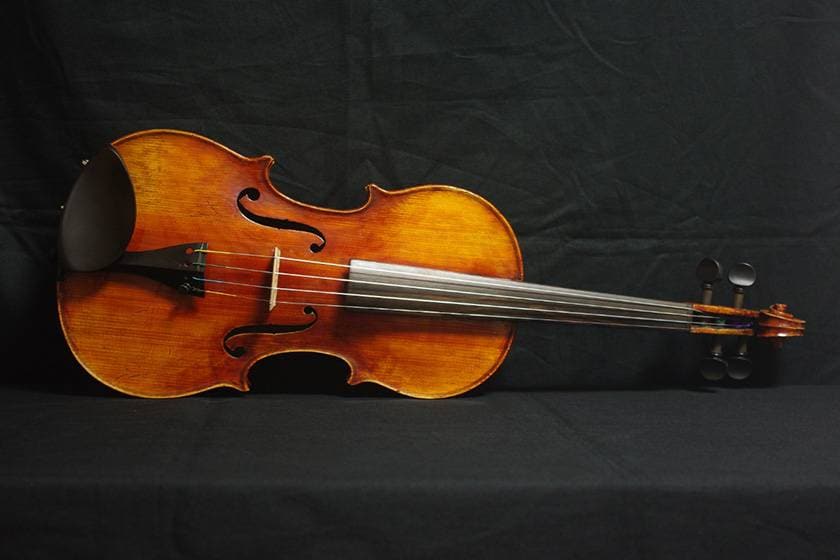
Francesco Viotoni 1925
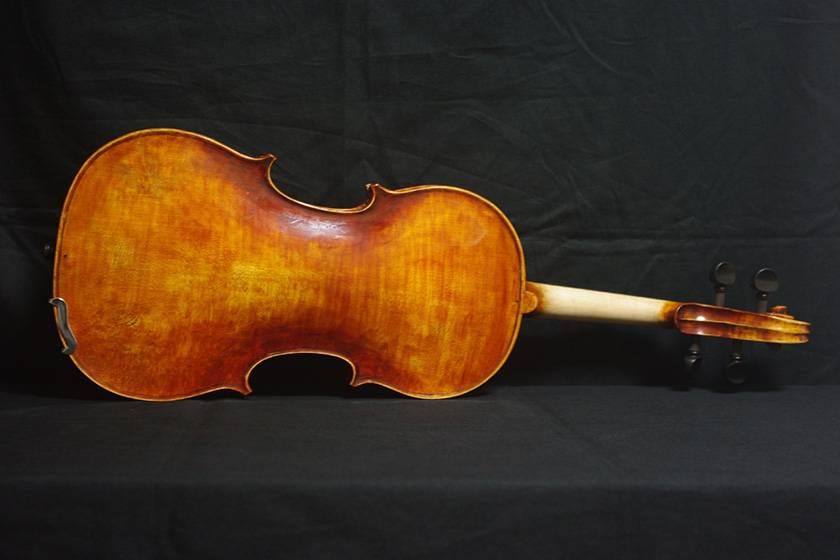
Now, this brings us to the real issue: the bow.
Within the overall budget that was discussed, I wanted to choose the best possible bow.
That was something both the student and I agreed on. But the student entrusted me with that task.
I felt I had to do my best to meet that expectation.
I borrowed about ten newly made bows from a wholesaler and began trying them with the instrument.
From major German and Swiss bow brands like Seifert, Finkel, Otto Durschmitt, I started making selections.
This process of choosing a bow to match the instrument is quite a task—
if you don’t approach it calmly and systematically, it quickly becomes just a game.
One bow after another—they all played decently well, as you’d expect from bows of that level.
So, each one produced a fairly good sound.
But among those bows, there was one.
A bow that made me think, “Hmm?... Is it the one?”
It felt as though the bow was moving on its own and producing sound by itself.
It was a strange sensation.
Maybe I was just imagining things.
It might have been nothing more than a coincidence, but when I showed that combination to the teacher, it received a very positive evaluation.
Just to be sure, I also brought along a few bows that were even more expensive than that “Hmm? bow” but in the end, the conclusion was still that the “Hmm? bow” was the best fit, so we prepared the instrument and bow as a set.
It was a slightly heavy bow, weighing about 62g, but that weight may have been just right for drawing sound from an old instrument.
Within the limits of my limited experience, I believe this was the best moment I've ever had in terms of instrument and bow matching.
Being present at the moment when an instrument produces a sound that I can genuinely feel is “good” from the bottom of my heart is truly a beautiful experience.
However, moments like this come down to probability.
They are only encountered after seeing a certain number of instruments and bows.
I don’t think it’s something an average person can just stumble upon by walking into a major instrument store in a shopping mall or in Ochanomizu and expecting to find it on their own.
The student for whom I prepared the instrument was only a 6th grader at the time.
Even if that student is now 22 years old, they might still not fully realize how good that instrument really is.
That wraps up the casual talk. Let’s now pick out the topics we can explore in future blog posts based on this conversation.
- ① Let’s Learn the Basics About Bows
- It's always beneficial to have some fundamental knowledge about how bows work and how they’re constructed.
- ② Why So Many Different Prices?
- Understanding distribution systems and how to choose bows with confidence.
- ③ Expensive vs. Cheap Bows – What’s the Difference?
- A matter of probability — including experiences like visiting French workshops or scenes from instrument fairs in Beijing.
- ④ Compatibility with Instruments – What’s That?
- A more technical explanation of the story I shared this time.
- ⑤ Are PLAYTECH Bows Okay?
- You’re curious, right?

- ⑥ SUGITO / ARCHET / SUZUKI – Which One Should You Choose?
- You’re curious about this too!
When you write out the things you “want to know,” it turns out there are surprisingly many topics to cover.
If you just slap a vague title like “All About Bows” on a blog post, it really ends up being nothing more than a cloud-chasing ramble.
This prologue, for instance, is a typical example of a blog post by some old guy.
From here on, I’d like to narrow the focus for each post to specific topics so that by the time readers finish the blog, they’ve actually picked up some practical knowledge about bows for string instruments.
Thank you for following along.
This was a blog about bows I wrote in 2024.
The title was: "Does the Sound of a String Instrument Really Depend on the Bow!?”
Please give it a read if you're interested.






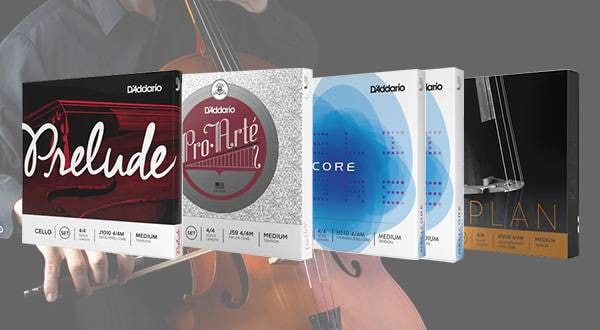

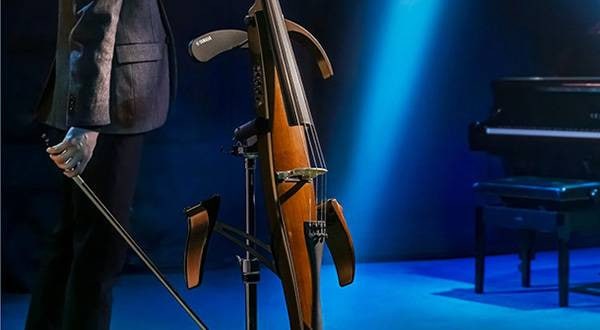
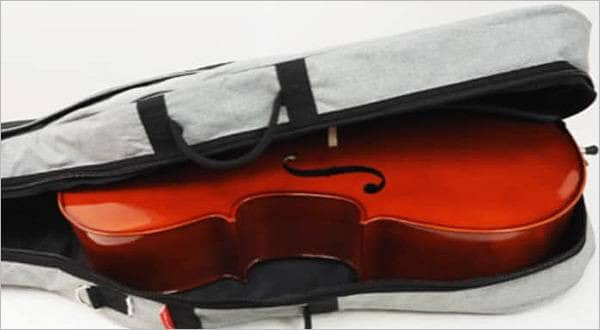
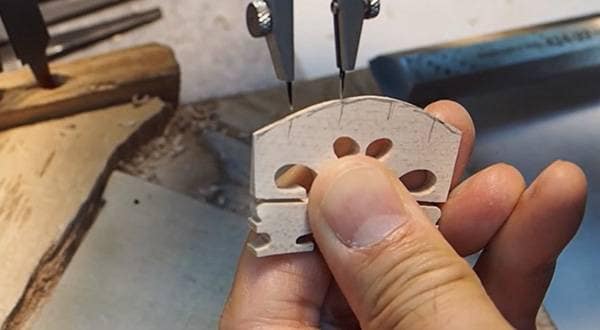
![How to Get the Best Sound Out of a Cheap Violin [Part 4] “There Are No Frets on the Fingerboard! Do Violins Even Need Frets? Or Are They Impossible to Install?”](/contents/uploads/thumbs/2/2025/7/20250701_2_31839_1.jpg)
![[Violin Bows] Trying Out the PLAYTECH PCV100 Carbon Bow](/contents/uploads/thumbs/2/2025/5/20250515_2_31443_1.jpg)

![[Violin Bows] Trying out the PLAYTECH PVB300](/contents/uploads/thumbs/2/2024/3/20240321_2_26199_1.jpg)
![[Attention, String Players!] How to properly rosin a bow and recommended rosins!](/contents/uploads/thumbs/2/2023/12/20231218_2_25008_1.jpg)
![[PLAYTECH] Round Bow vs. Square Bow Comparison](/contents/uploads/thumbs/2/2023/5/20230531_2_22832_1.jpg)
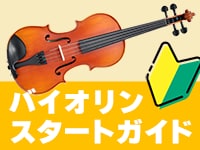 バイオリンスタートガイド
バイオリンスタートガイド
 PLAYTECH 弦楽器
PLAYTECH 弦楽器
 チェロの弓の調整と松脂の塗り方
チェロの弓の調整と松脂の塗り方
 バイオリンの弓の持ち方
バイオリンの弓の持ち方
 バイオリン 弓の各部名称と松脂
バイオリン 弓の各部名称と松脂
 弦楽器 初心者講座
弦楽器 初心者講座
